As the U.S. economy continues to restructure post-recession, the spatial geography of innovation is shifting as well.
The innovative economy is relocating—from isolated office parks in the suburbs to cities, creating in the process areas known as “innovation districts.”
Changing living preferences among younger, educated workers are contributing to this trend, but, so too is a shift in the business models of innovative firms, moving away from a closed model of innovation, toward a more open and collaborative model requiring proximity to other firms and specialized research institutions.
For evidence, look no further than Google, a historically suburban tech giant. Over the past 10 years, the company has overwhelmingly selected urban locations for its offices outside its Mountain View, Calif. headquarters.
Google isn’t abandoning its corporate campus, but it’s clear that these new urban locations bring distinct advantages. The Silicon Valley icon is recognizing that expanding into urban areas gives it broader access to tech-oriented ecosystems, advanced research institutions, deep pools of talented workers and the ability to tap into distinct regional specializations.
This ethos is embodied in London’s Tech City district, where Google founded Campus London in 2012. Campus serves as a startup hub aimed at fostering collaboration and mentorship within a broader neighborhood known as the “Silicon Roundabout.” It is a community of roughly 22,000 members who have raised over $56 million in funding in one year.
In New York, also perceived as too expensive for tech firms, Google has been growing dramatically since it arrived in 2000 and employs an estimated 3,000 people. It currently occupies 750,000 square feet of Chelsea real estate and is in talks to nearly double that presence. The company is helping drive the growing technology industry in New York, soon to be augmented by Cornell University’s new engineering campus. Google is even donating temporary space to Cornell until the new campus opens in 2017.
In Manhattan, Google is able to take advantage of a diverse and talented workforce and permeate other industries that are converging with technology, such as advertising and marketing. For example, Google expanded its advertising capabilities by acquiring New York-based DoubleClick, an online ad services company, in 2008.
Google isn’t just planting roots in the New Yorks and Londons of the world. In Pittsburgh, Google first arrived as part of Carnegie Mellon University’s Collaborative Innovation Center and has since moved its office to Bakery Square, a former Nabisco factory, with plans for expansion. The Google presence is helping to create a multidimensional tech hub where people work, shop and live.
Google maintains something of a revolving door relationship with Carnegie Mellon. For instance, the company tapped Andrew Moore, a professor of computer science and robotics at CMU, to serve as founding director of its Pittsburgh office in 2006. Earlier this year, Moore returned to CMU as the dean of its top-ranked School of Computer Science. This type of labor mobility is not just good for Google; it can be beneficial to the whole industry cluster, creating productivity and innovation “spillovers” across firms and institutions.
Google is known for its unconventional workplaces that encourage interaction and creativity. With its investments in urban offices around the world, Google is demonstrating that it understands that collaboration beyond its walls is valuable as well. And it’s not the only one. Other household tech names are locating in urban enclaves that offer distinct advantages. Among these are Twitter, which chose San Francisco’s Mid-Market neighborhood for its global headquarters; Amazon, with its main offices in the heart of Seattle; and Spotify, which has its global base in Silicon Alley in New York.
This isn’t just good business; thanks to the outsize economic impact that tech jobs have on regional economies, it’s also good for cities.
The Brookings Institution is committed to quality, independence, and impact.
We are supported by a diverse array of funders. In line with our values and policies, each Brookings publication represents the sole views of its author(s).

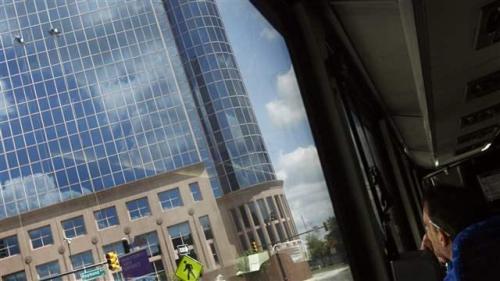


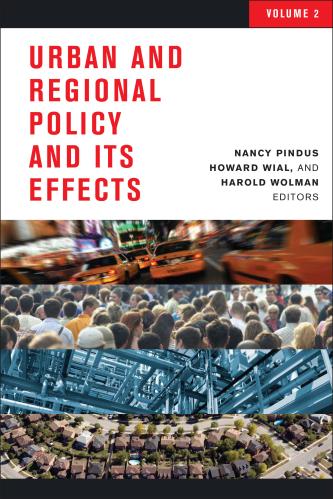

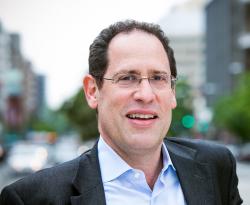

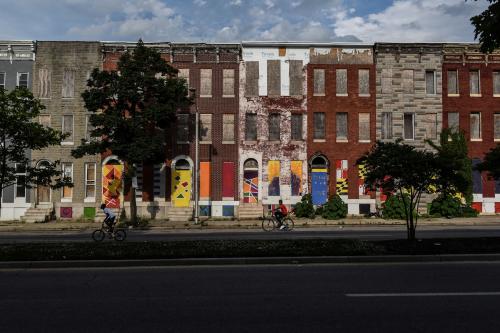
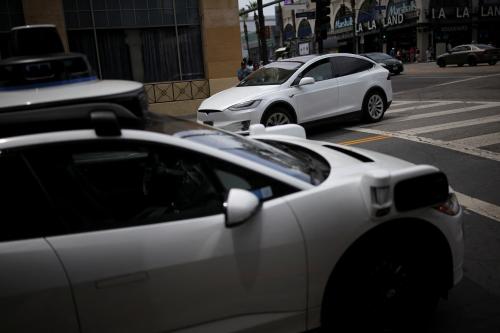
Commentary
Google Shows Power of Urban Innovation Districts
August 20, 2014